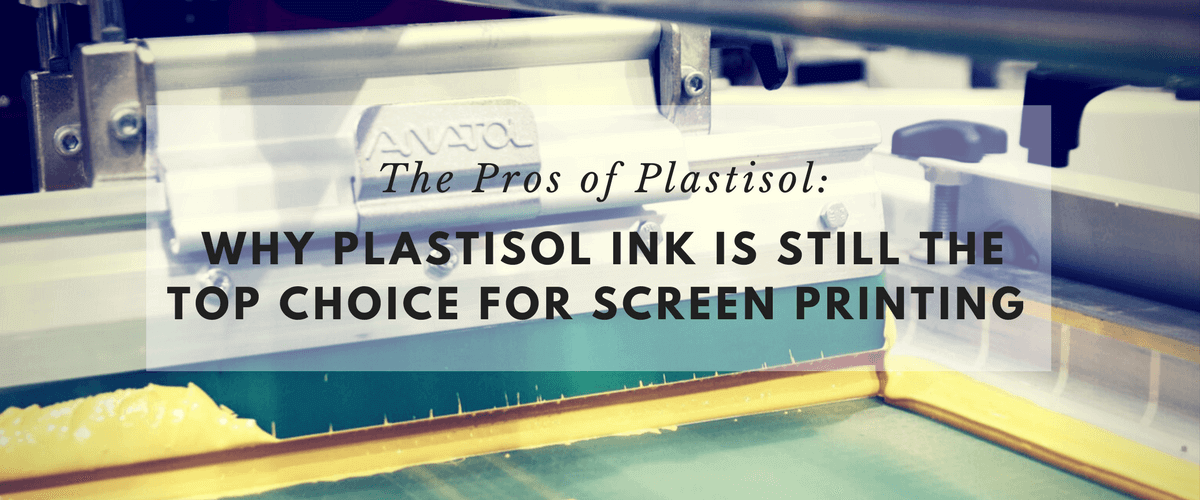No products in the cart.
en

Revolutionizing the screen printing industry through cutting-edge technology and quality service
Phone: +1 847-367-9760
Anatol Equipment Manufacturing Co.
1429 S Shields Dr
Waukegan, IL 60085

Revolutionizing the screen printing industry through cutting-edge technology and quality service
Anatol Equipment Manufacturing Co.
1429 S Shields Dr
Waukegan, IL 60085

Because it forms a durable bond during printing. Made from PVC resin and plasticizers, plastisol ink is activated when the temperature reaches around 320 degrees Fahrenheit. At that temperature, the plasticizers react with the resin to create a glossy, plastic plastisol finish that won’t wash or fade away over time.
Because of its unique chemical reaction, plastisol ink provides many benefits to screen printers. Here are a few:
Plastisol ink creates vivid prints even on the darkest colored substrates. That’s because plastisol ink sits on top of the substrate rather than being absorbed like water-based or discharge inks. The ink doesn’t have to compete with the color of the substrate, meaning that you can have a bright, solid print on just about any substrate.
When plastisol ink was introduced to screen printers who were accustomed to printing with water-based inks, one of the most notable benefits was that plastisol ink doesn’t dry out. Because plastisol ink has to reach extreme temperatures to cure, it doesn’t harden in the screens during long press runs. Not only does that make individual printing jobs easier, but it also means that screens that are going to be reused in short order don’t need to be cleaned out between jobs, and ink that’s leftover in the screens can be scraped back into the bucket and reused.
There are so many additives you can use with plastisol ink that it can be modified to achieve the look you want for nearly any screen printing job. Reducers thin out the ink and make it easier to print with. Soft-hand additives give the ink a lighter feel for “retro” prints. Additives such as glitter, suede and puff allow you to achieve special effects that make your plastisol ink prints stand out.
Plastisol ink has long been touted as the “user-friendly” choice for screen printing. That’s because it can be printed wet-on-wet; an underbase can be laid down, flash cured and printed over quickly; and pinholes can be blasted out quickly with a spot gun.
Generally, plastisol ink doesn’t require any special considerations for disposal. In most locales, cured plastisol ink isn’t considered a hazardous material. That means any excess plastisol ink you need to get rid of can just be cured and disposed of with the rest of your shop’s non-hazardous refuse.
Because of its many benefits — such as its bright, durable prints and easy-to-work-with properties — plastisol ink isn’t going anywhere in the screen printing industry. It remains the ink that printers turn to time and again to generate attractive and durable prints their customers will love. And as ink manufacturers continue to develop their plastisol inks and related products, the usability and versatility of plastisol ink is only likely to increase over time.
Looking for some tips on printing with plastisol ink? Check out these blog posts:
Getting Softer Screen Prints with Plastisol Ink
Screen Printing Prevention: Keeping Plastisol Inks from Washing out of Garments
Your message was successfully sent!